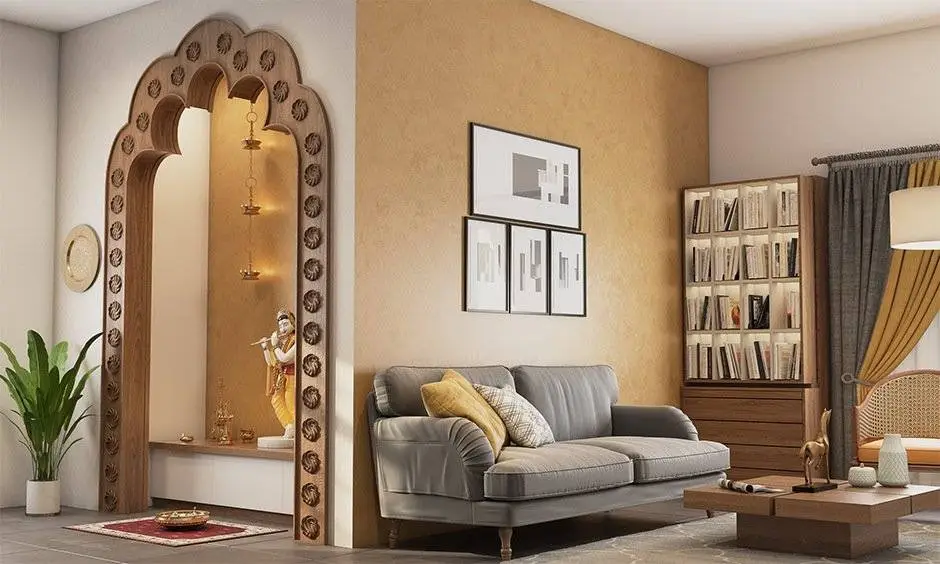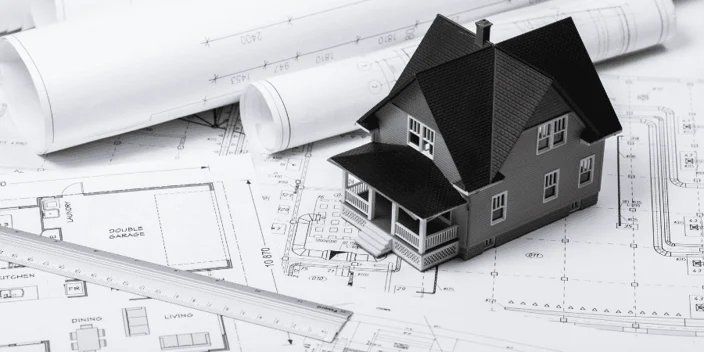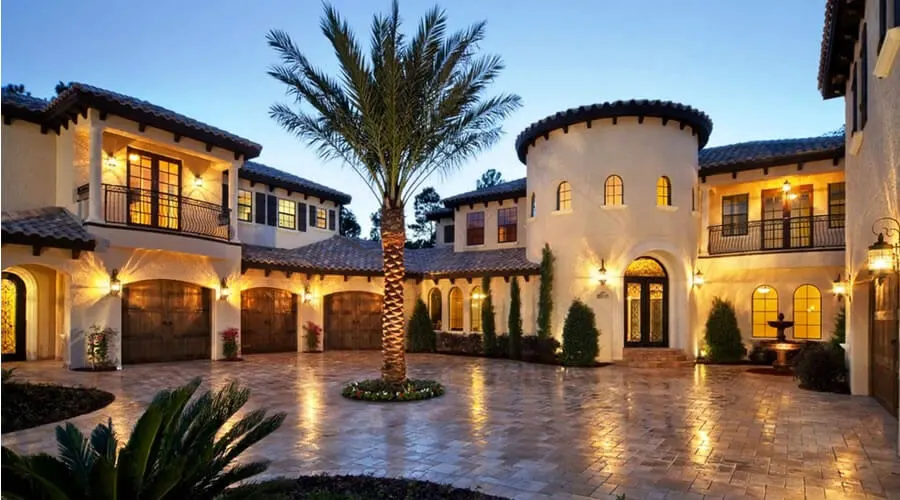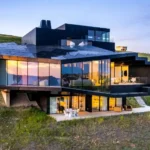Architectural design—often referred to as design arch design—is the creative and technical process of shaping buildings and spaces that are both functional and visually appealing. It goes beyond mere aesthetics; it considers the environment, usability, and the way people interact with a space. Whether you’re an aspiring architect, a homeowner, or a design enthusiast, understanding the fundamentals and trends of architectural design is essential.

Content
What Does an Architect Do?
Understanding what an architect does is key to appreciating the value they bring to any project. Architects blend artistic vision with engineering expertise to design structures that meet both client needs and regulatory standards. They guide projects from the initial idea, through design phases, to the final construction, ensuring every detail aligns with the intended purpose and style.
Their responsibilities include:
- Developing initial design concepts
- Drafting detailed blueprints
- Navigating building codes and permits
- Coordinating with engineers and contractors
- Supervising construction progress
This multifaceted role ensures that your vision turns into a safe, practical, and beautiful reality.
Architecture Design Process Steps
To bring any architectural vision to life, understanding the architecture design process steps is crucial. This process can be broken down into clear phases:

- Initial Consultation and Site Analysis
Architects evaluate the site, assess environmental factors, and gather client requirements. - Conceptual Design
Early sketches and models explore the possibilities of form and function. - Schematic Design
The chosen concept is developed with more detail to define layout and materials. - Design Development
Detailed plans, elevations, and specifications are prepared. - Construction Documentation
Final blueprints and technical documents are completed for permits and bids. - Construction Phase
Architects oversee construction to maintain design integrity and quality.
Each step ensures the final building aligns with expectations, budgets, and regulatory standards.
Popular Architectural Styles
The world of design arch design is diverse. Several architectural styles dominate modern design conversations, offering something for every taste and need.

Modern Architecture
Known for simplicity and clean lines, this style favors large windows, open floor plans, and minimal decorative elements. Materials like steel, concrete, and glass are common.
Minimalist Architecture
A subset of modernism, minimalism strips design to essentials, focusing on open spaces, natural light, and functional elements.
Industrial Style
Inspired by old factories, this style embraces raw, unfinished materials like exposed brick, metal piping, and reclaimed wood, blending urban grit with contemporary comfort.
Scandinavian Design
This style merges functionality with warmth, featuring neutral colors, natural materials, and cozy textures, emphasizing comfort and simplicity.
These styles not only shape aesthetics but also influence how spaces function and feel.
Benefits of Sustainable Architecture
Sustainability in architectural design is no longer a trend; it’s a necessity. The benefits of sustainable architecture are broad and impactful:

- Energy Efficiency: Reduces reliance on fossil fuels with smart design and technologies.
- Healthier Living Spaces: Uses non-toxic materials and improves indoor air quality.
- Cost Savings: Lower utility bills and maintenance costs over the building’s lifetime.
- Environmental Responsibility: Minimizes waste and conserves natural resources.
Choosing sustainability improves both your quality of life and the planet’s well-being.
How to Design Eco-Friendly Homes
Learning how to design eco-friendly homes is vital for reducing environmental impact while enhancing comfort. Consider these strategies:
- Select renewable and recycled materials such as bamboo, reclaimed wood, and recycled metal.
- Apply passive solar design principles to maximize natural heating and cooling.
- Use energy-efficient appliances and integrate renewable energy sources like solar panels.
- Implement water-saving fixtures and rainwater harvesting systems.
- Design with durability in mind, focusing on long-lasting, low-maintenance components.
An eco-conscious home blends innovation with nature-friendly practices to create lasting value.
Current Trends in Design Arch Design
To stay ahead in design arch design, keeping an eye on emerging trends is essential:
- Smart Home Integration: Automated lighting, climate control, and security systems for convenience and energy savings.
- Biophilic Design: Incorporates natural elements like plants and daylight to enhance well-being.
- Adaptive Reuse: Transforming old buildings into new functional spaces reduces waste.
- Prefabrication and Modular Construction: Speeds up building time and lowers environmental impact.
- Health-Focused Spaces: Designs that improve mental and physical health through natural materials and thoughtful layouts.
These trends reflect evolving priorities toward sustainability, technology, and well-being.
How to Hire an Architect
Knowing how to hire an architect helps ensure your project’s success:
- Identify your project goals and style preferences.
- Review architects’ portfolios and specialties.
- Discuss budgets and fees upfront.
- Verify credentials and licenses.
- Ensure clear communication and shared vision.
Choosing the right architect guarantees a smoother process and a result that meets or exceeds expectations.
Conclusion
Design arch design embodies the art of creating spaces that are beautiful, functional, and sustainable. From understanding what an architect does and following the architecture design process steps, to exploring modern architectural styles and adopting sustainable architecture practices, this field continues to evolve in exciting ways.
By embracing innovative trends, choosing eco-friendly materials, and working with skilled professionals, anyone can contribute to building a better future. Whether designing a home, a commercial space, or a public building, thoughtful architectural design arch design shapes how we live, work, and connect with the world around us.
FAQs
What are the key steps in the architectural design process?
The process includes consultation, conceptual design, schematic design, development, documentation, and construction oversight.
How can I make my home design more sustainable?
Use renewable materials, apply passive solar principles, install energy-efficient appliances, and incorporate water-saving fixtures.

Melissa Day is a dedicated home blogger who has been blogging for over six years. She covers everything home related. Melissa also loves writing posts about her travels to Europe with her husband and two children.




